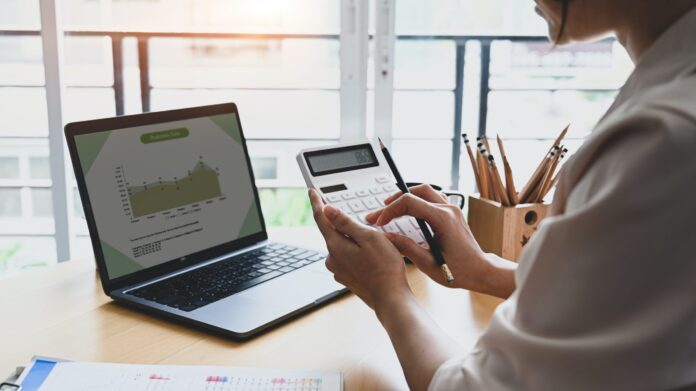[ad_1]
Digital technology has forever altered the world of banking and personal finance. While there are negatives stemming from these changes, they’re balanced by the positive opportunities created for people trying to improve their financial wellness.
Here are some of the best opportunities to improve your financial wellness in a digital world.
Explore New Opportunities for Income
One of the most prolific opportunities to explore in the pursuit of financial wellness is creating multiple income streams. Remote work and digital payment portals make it easier for people to pursue their financial goals and gain independence from their 9-5 jobs.
For example, someone can take paid surveys online in their spare time to help pay down debt or create an online course in their area of expertise to generate passive income.
People no longer have to get a supporting part-time job to finance their efforts. Digital technology makes income supplementation possible from home. This alone presents incredible opportunities for those pursuing financial wellness.

Connect with Financial Experts
Financial wellness starts with financial literacy — the understanding and application of informed financial decision-making. According to the S&P Global Financial Literacy Survey, 60% of people around the world have a bank account, but only 38% of them are financially literate.
A digital presence in the personal finance space creates opportunities for people to become more financially literate.
Traditionally, people would seek financial consultants and advisors to use their services due to existing financial literacy. There was minimal support for those who didn’t know what they didn’t know.
Now, with social sharing and internet access, it’s easier for people at all levels of financial literacy to start gaining knowledge. Financial experts post accessible information online to help people help themselves.
This shift has also created online communities to help people reach their financial goals.
Capture and Use Data
Another significant benefit of digital technology in personal finance is the capturing of data. Every time someone swipes their card or transfers money, the activity is recorded.
Tracking apps like Mint and You Need a Budget to categorize expenditures for even more insights into where someone’s money is going.
This data is beneficial for the consumer and for financial advisors offering support.
This information can help people make informed plans and decisions about their spending while tracking progress goals.
Increase Spending Awareness
One of the main challenges with the increased use of cards over cash is the inherent lack of spending awareness. The ability to tap or swipe money away without physically seeing that money disappear creates a disconnect.
Credit cards can be especially problematic as consumers can continue to spend after their money is gone.
Using banking apps and alerts helps create spending awareness by letting consumers know when they’ve reached their set threshold.
These tools also create an opportunity for finance educators to create structure around spending awareness and savings goals.
Incorporate Automated Savings
Automation has been a big win for saving money and offsetting credit damage.
One of the main contributors to poor credit is late and missed payments. Incorporating automation to transfer money to bills and savings accounts on payday helps prevent those issues.
Applications and FinTech tools also contribute to these efforts. Programs like Acorns round up expenses to the nearest dollar and put the difference in an investing account.
This out-of-sight, out-of-mind approach can help consumers improve their financial wellness while they sleep.

Where to Start
Consumers interested in using digital tools to improve their financial wellness should start by reflecting on their personal challenges.
Use a budgeting tool to categorize expenses and create more awareness about where your money is going. Seemingly small expenses like grabbing lunch on the road add up quickly. Sometimes seeing those expenses presented together can be illuminating.
Next, pull your credit report and check what’s influencing your credit score. If you have a history of late or missed payments, implement automation to help prevent these issues going forward.
Use the information you’ve collected to start setting goals and priorities. Consider reaching out to a financial advisor to help you sustainably structure your goals for success.
Digital technology is a powerful tool in helping people achieve financial wellness, but it starts with human effort. Use these opportunities to revisit your personal finances and make strategic changes.
[ad_2]
gentwenty.com







